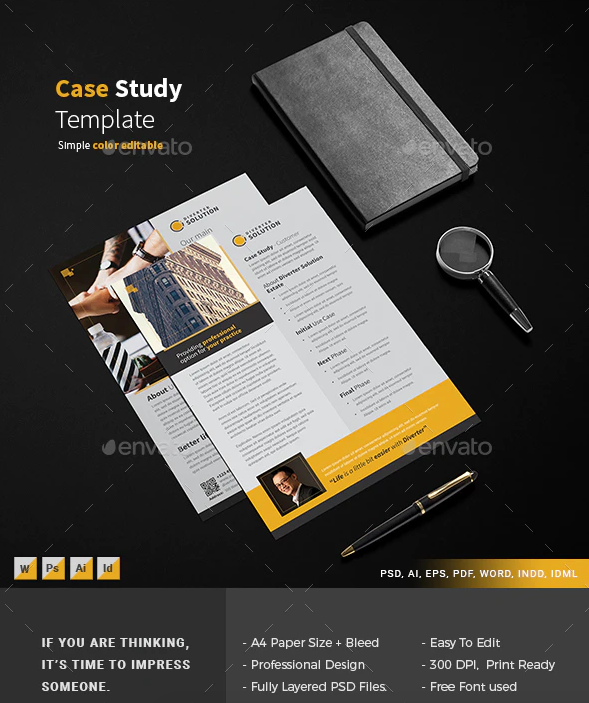Dear case studies – why don’t we see more of you? After all, the highly regarded Content Marketing Institute has cited them as being one of the most popular content marketing strategies we can use, and well over 80 per cent of B2B marketers are using them as part of their advertising strategy.
There are a handful of reasons that people give for choosing to publish a quick blog post as opposed to publishing a case study, namely:
- They’re time-consuming
- They require a lot of planning and organisation
- They may not be viewed as coming from a trusted resource
As the statistics above show, case studies are a winning addition to any content marketing strategy and can significantly improve the health of your sales funnel – if they’re done correctly.
Here are five quick tips to help guide you when writing a case study that will engage and convert readers:
Make it relevant to your audience
What are the pain points of your audience? What topics are your readership interested in? Just as someone who loves romance novels may shy away from sci-fi (and vice versa), your case study has to be relevant and resonate with your audience if you want it to work its magic.
It has to tell a story
Don’t worry about the format so much. Instead, focus on weaving an intricate tale which flows together logically and which involves some key “players” (such as a “hero” and a “villain”).
Case studies may deal with fact over fiction. But the rules to storytelling still apply here, including:
- Identifying the problem
- Introducing the hero (your company, product or service)
- Describing how the battle or challenge was won
- Give it a happy ending (a strong conclusion proving your point)
It must provide actionable steps to your readers
Guidance and encouragement are great ways to increase engagement among readers and to improve your case study’s chances of making an impact.
You can create actionable tips throughout your case study by asking yourself questions like:
- What do my readers need to know before taking the described approach?
- What can my audience learn through the process I’m laying out?
- What are some steps to help my audience implement your solution?
It should include a mixture of media types
Most audiences don’t like to be confronted with a wall of text.
Break up your text evidence with other enticing media which will help you capture new audiences. Relevant brand-specific images, charts, graphs, videos and infographics are all leading media types that will support your case study while enhancing its visual appeal.
It should be backed by solid facts
The data and statistics you use to back up your argument better hold fast. Do your research and make sure you are giving your audience a complete and well-rounded piece before having it go live.
This can be one of the most frustrating parts of creating a case study. Midway through the process, you may uncover information which is contrary to your prior belief or argument.
Never be afraid to switch gears if necessary. It’s more important to be as factual and accurate as possible than it is to push your own thoughts and beliefs. Keep in mind that talented and seasoned content writers can always find a way to use this contrary information in a way to craft a supportive conversion-worthy case study.
Format Your Case Study

The look of your case study will depend on how it is to be used. Of course, I always recommend that you add case studies to your website, but you may also like to have hard copy prints to form part of a portfolio/information pack, or as downloads.
For these latter purposes I recommend investing time and money in presenting them in the best way possible. There are lots of templates that you can buy and reuse time and again – this helps will creating a cohesive look for your business. The one I’ve pictured above is available through Envato Market for just USD8 at the time of writing.

I feel many people fear case studies because they know they have to tell a story and they don’t see themselves as good storytellers. I disagree. I think each person can tell a good story, in their own way. And that “personal” way is what an audience is built on. People want to relate to others, to get inspired by stories. We need more case studies.